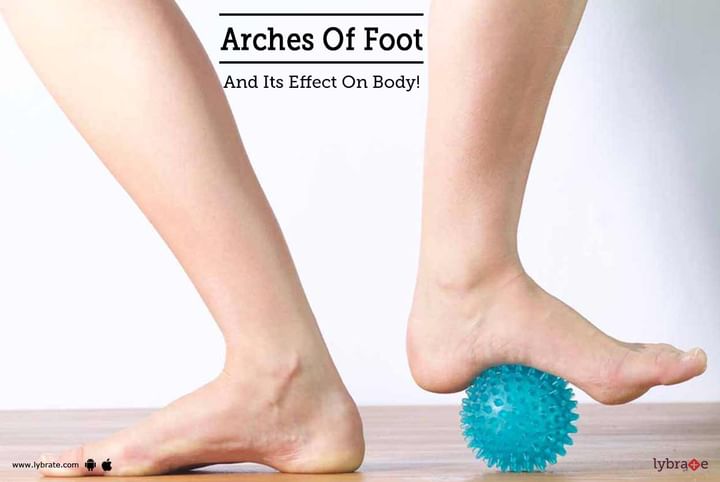Arches Of Foot And Its Effect On Body!
The metatarsal and tarsal bones form two different types of arches at the bottom of the foot. These are known as the transverse and longitudinal arches. These arches act as springs and help support the body. The arch of a foot influences the person’s posture as well. Longitudinal arches can be further categorized as a medial arch, lateral arch, and fundamental longitudinal arch. The amount a person’s foot arches, can also determines the type of injuries the person is susceptible to.
Low Arch
A person with minimal foot arch is also said to be flat-footed. Up to 20% of people across the world are flat-footed. Low arches make feet very flexible and also increase the risk of making the foot roll inwards. People with low arched feet have a high risk of heel pain, plantar fasciitis, heel spurs, bunions and arch pain. It can also increase the risk of medial knee problems. Arch support and rearfoot posting can help align the foot and control over-pronation.
Medium Arch
This is an example of a biomechanically efficient foot. It can be described as a defined arch and a moderately flexible foot. The most common foot problems such people are susceptible to are metatarsalgia and heel pain. This is triggered by wearing improper footwear. People with a medium arch in their feet should ensure that they wear footwear that fits them properly. The right footwear for a person with a medium arch has extra cushioning, good support and it absorbs shock well. This can help prevent injuries and align the body properly.
High Arch
A high arch is defined as a well-defined arch that sits higher from the ground than the average foot. This type of an arch makes the foot very rigid and puts extra pressure on the forefoot and rear foot. This can affect up to 20% of the worldwide population. People with high arches have a very little surface area to absorb impact while walking or running. This can make them very susceptible to heel pain, pain in the forefoot and plantar fasciitis. It can also increase the risk of calluses, arch strain, heel pain syndrome, and claw toes. The good news is that it can be treated. Wearing shoes with the right arch support, good cushioning, and metatarsal pads to provide forefoot relief can help disperse the shock and help you prevent injuries. In case you have a concern or query you can always consult an expert & get answers to your questions!



+1.svg)
